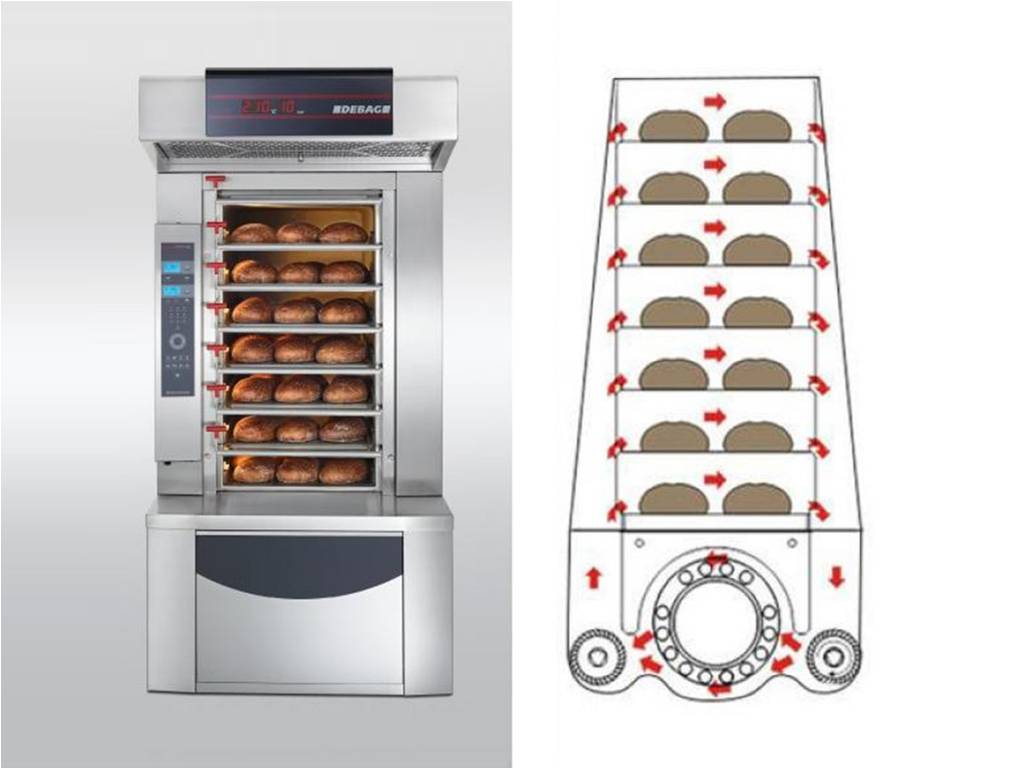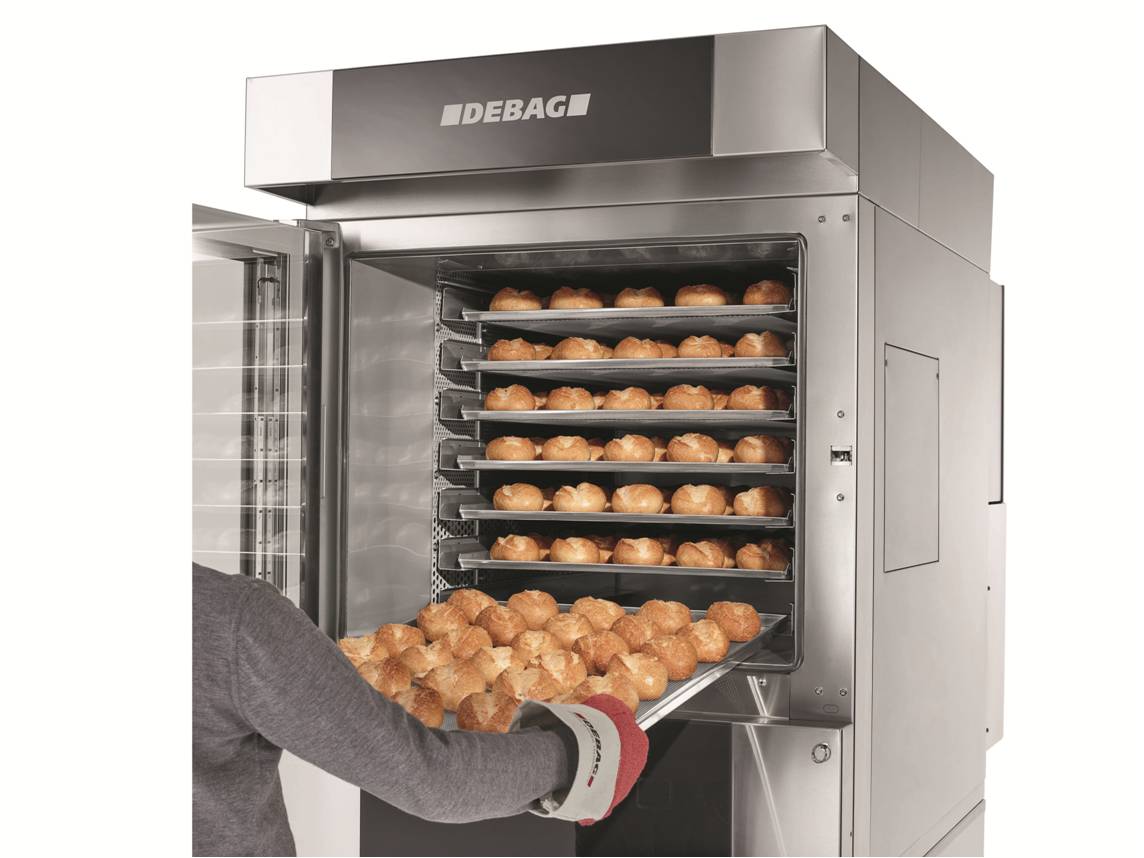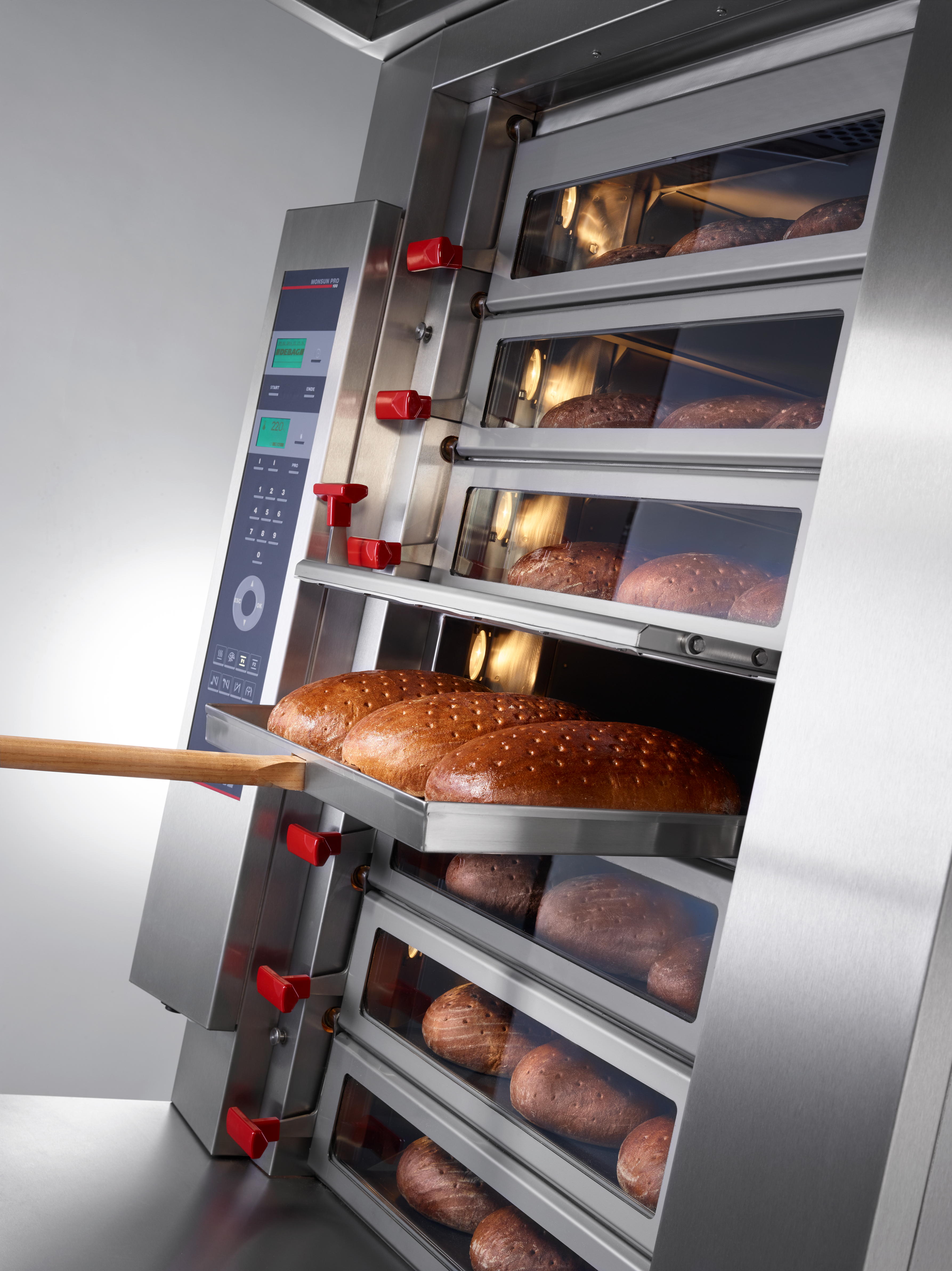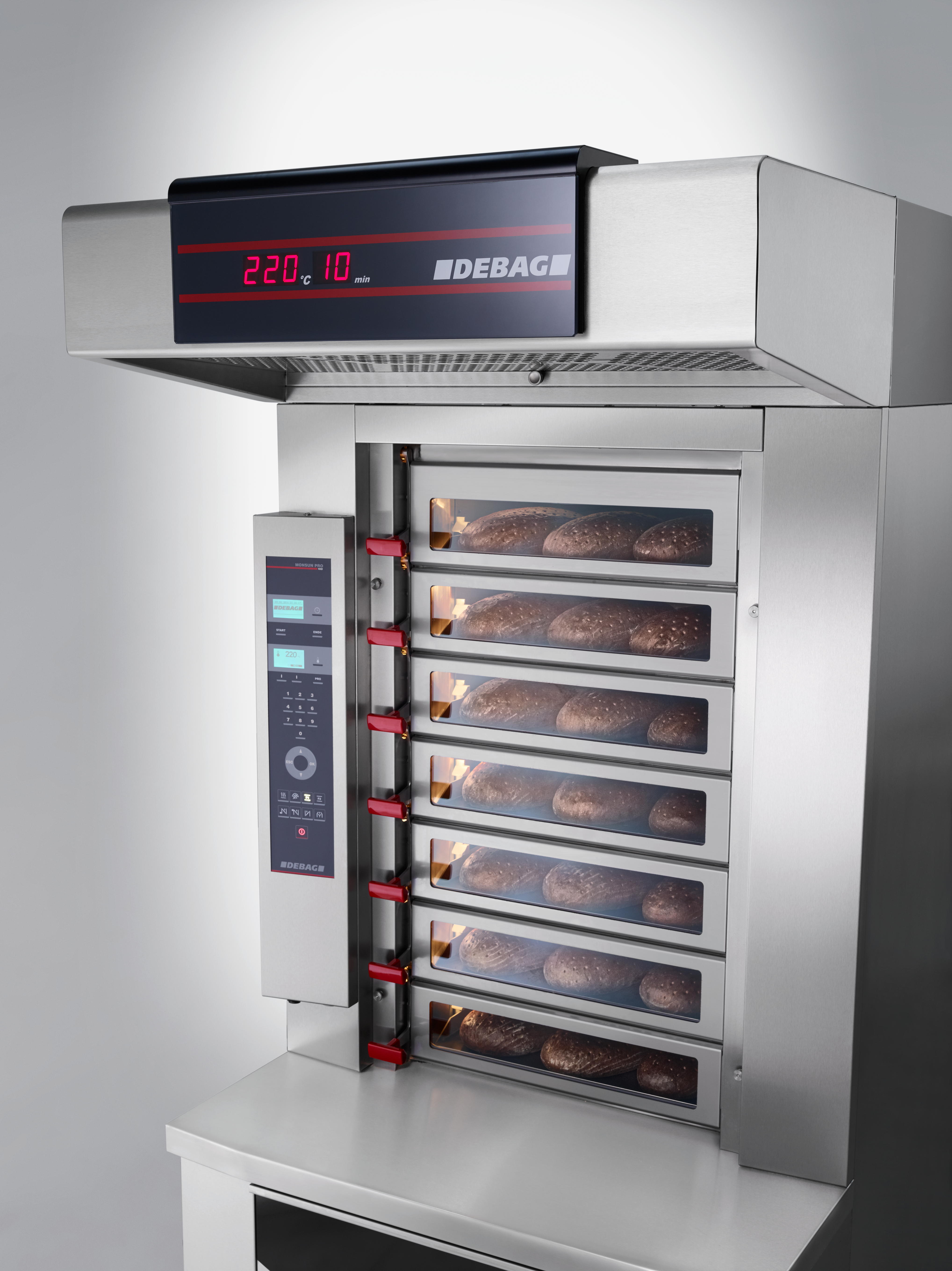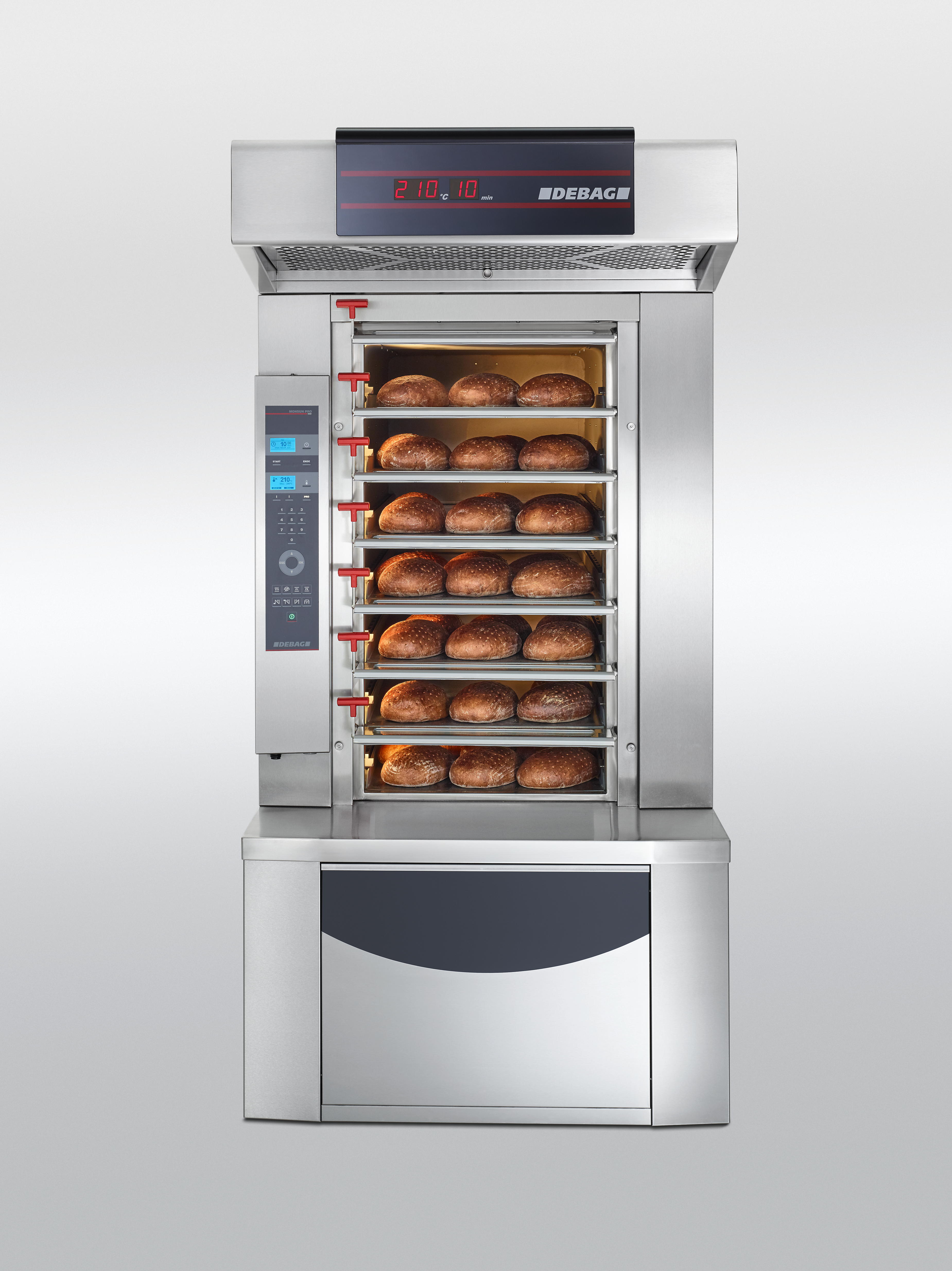MONSUN tehnology
MONSUN (English spelling MONSOON) is a wind that blows from the sea in the summer months and brings moist air and rainfall to the mainland, and in the winter months its direction changes.
In 1936 Alois Paul Lindner, founder of the Debag factory, developed a more energy-efficient and at the time revolutionary way of direct heat transfer with hot air when designing a new baking oven. He named the oven MONSUN due to the association with the tropical wind.
The essence of MONSUN baking technology is in the way it heats and conducts hot air that transfers the heat for baking directly to the baking chamber. The air in the heat exchanger is heated by the energy stemming from hot flue gases generated by the combustion of fuel oil or gas. Electric heating versions are also possible.
Specially designed fans direct the hot air directly into the baking chamber. They change the direction of rotation at certain time intervals, thus creating an optimal flow and distribution of air between the products, as well as equal baking conditions throughout the oven. Air movement rates are significantly lower than with conventional convection ovens, which helps reduce the drying out of the product and create a juicy crust.
The main advantages of MONSUN baking technology are:
- Low energy consumption, rapid achievement of the operating temperature in the oven.
- Rapid creation of volume and crust of the product, thus preventing excessive loss of moisture and aroma during baking; as a result, baked goods are juicier and more aromatic.
- Low air circulation speeds prevent the product from drying out.
- Even baking of all products due to controlled air conduction at low speeds, even in the case of “tight” compression.
They are suitable for baking bread, pastries and desserts, including biscuits and similar small pastries, which require the utmost precision of heat transfer.
Due to all the listed advantages, baking with MONSUN technology remains relevant today, when the rediscovery of traditional baking methods and the application of modern management techniques gains new momentum.
